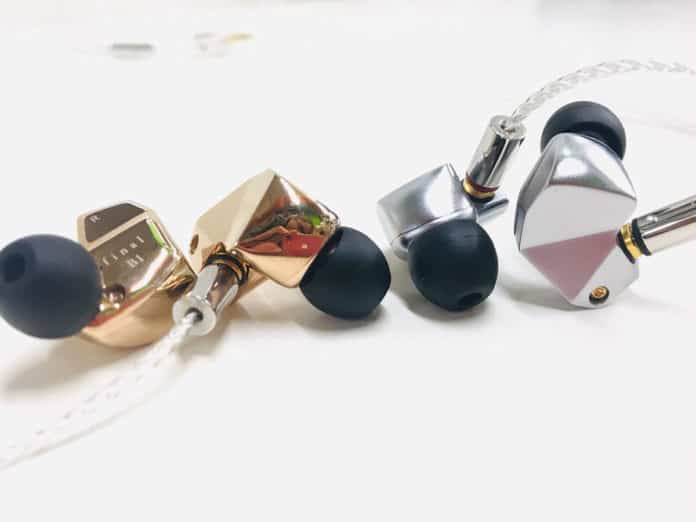If you’re a studious audiophile, you’ve probably already read a few reviews about Final Audio’s new B Series, which includes the B1, B2 and B3. So, I thought I’d take out the two priciest models (as they both have dual drivers), and offer a comparison for the kids who are familiar with at least one of these IEMs but are hesitant to pull the trigger. Which IEM will suit your ears and listening style? Let’s find out in this Final Audio B1 vs Final Audio B3 Review.
Final Audio B1 vs Final Audio B3 Review
FIT
Everyone we know who has tried on a model from the B series has been very pleased with the fit. And although the photos below may be misleading, the shell size and shape on both IEM models is virtually identical, as is the weight. So, I felt absolutely no difference in comfort between the B1 and B3.
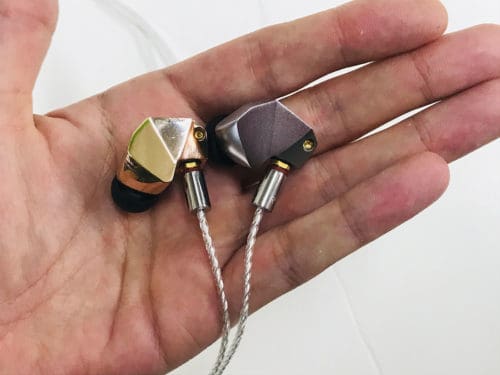
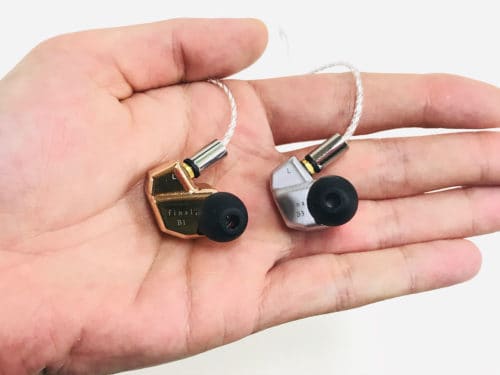
DESIGN
Not too much has been written on the B series so far, but the driver designs and shell materiasl are the two most apparent differences between these models. Both IEMs sport dual drivers. But the B1 employs a hybrid design, with a dynamic driver for the lows and a balanced armature driver for the higher frequencies. In contrast, the B3 is purely balanced armature. And you will see these differences reflected in the sound signature, which I’ll discuss below.
As for the housing, the B1 is made from aluminum, while the B3 is designed with copper chrome. It’s shinier and more blingin’, but also easier to smudge. So be sure to wear the white gloves included in the box. No, there are no white gloves. Just stay away from those Cheetos.

The cables on the B1 and B3 are the same: silver-coated OFC.
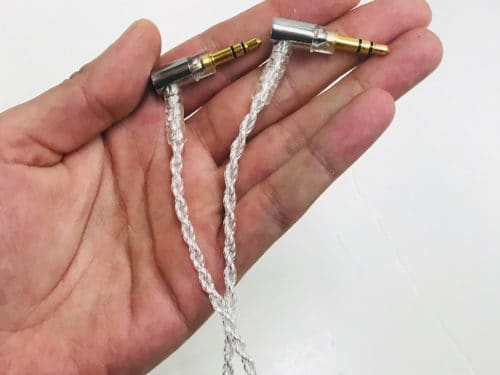
The only other difference I noticed was the sensitivity and/or impedance. The B3 was slightly easier to drive than the B1. So, if you enjoy listening at dangerously loud volumes from your iPhone (and I mean dangerous), the B3 will give you slightly higher levels.
SOUND
Lows
The B1 presents a fatter, meatier and more forward leaning bass. And while both IEMs sport some nice subbiness, listening to hip-hop, the B1 revealed a massive, heart-thumping sound, while the B3 was more refined and controlled. And these differing characteristics are apparent across genres. Rock tracks, for example, had more warmth on the B1. But the B3 felt cleaner in this range, with no bleeding into the higher frequencies. Moving to classical strings, though the B1 reveals more detail, it also offers a much heavier and grander presentation of the instrument. In contrast, the B3 was smoother and less bold or more tempered. So, in this respect, it’s a matter of taste. And I would say that both models are equally suitable for acoustic instruments in this range.
Mids
Both IEMs display a similar balance in the mids. That is, the higher frequencies are emphasized over the low mids. So, you’ll get a dynamic or “contrasty” sound from both models, where vocals in the upper mids tend to be highlighted. That being said, vocals on the B3 feel even more intimate than they do on the B1, while other instruments in that range, like snare drums, also hit harder. But what I preferred about the B1 is that even though the low mids are a little hidden, the very warm and present bass frequencies mean that big rock and pop-rock choruses still have a full-bodied feel, while the B3 felt a little thin in comparison.
In terms of clarity, it’s unsurprising that the pricier B1 wins. Listening to acoustic guitars, for example, the B1 offered a more delicate handling of the instrument. Though it still felt precise, the B1 showed a softer touch with a bit more resolve. The B3 revealed fewer subtleties and felt more heavy handed overall. So, in general, the B1 was a more emotive listening experience. Separation was also noticeably better on the B1, especially in the low mids. So, if you listen to a lot of folk music, for instance, you’ll get more realistic tonality from the B1.
Highs
Again, you can expect a more natural sound from the B1 in this range. Percussion, for instance felt less compressed and more detailed than the comparatively compact and relatively tinny feel of the B3. And the B1 is also easier on the ears, as the B3 displays a slight sharpness in the highest registers that can be uncomfortable at times. And in terms of transparency, the B1, once again, revealed more texture and timbre in strings, while the B3 felt less detailed and more polished.
Soundstage
Though, you’ll get more precise imaging from the B3, the B1 presents a grander sounding stage. At the same time, distant instruments sounded richer and more outlined on the B1, while the B3 only provided a foggy picture of the most far out instruments. But in terms of dimension, the B3 seemed to show a more apparent sense of height, while I felt more depth from the B1.
SUMMARY
If you’re anxious about too much bass and/or you love a highly intimate vocal performance, the B3 is a safe bet. And if you mainly play modern genres, like pop, the B3 will definitely give you the energetic feel that one craves when listening to fast and funky tracks. But if you prefer a little more fullness or you listen to a lot of acoustic instruments, spend the extra 200 bucks and get yourself the B1. It’s the more emotive and nuanced IEM, making it the more suitable choice for genres like classical, folk, rock and pop-rock. At least to my little ears.
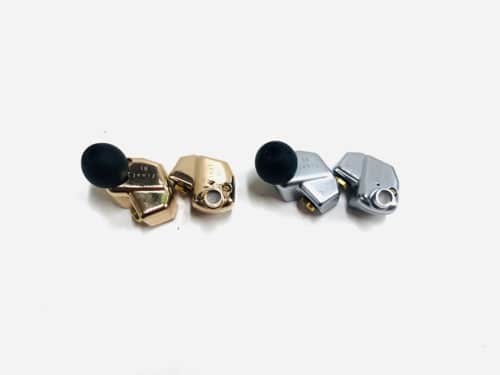
You can buy both of these IEMs fro the best price here:
MajorHiFi may receive commission from retail offers.
Compare the ranking of various headphones, earbuds and in-ear monitors using our tools.
Discuss this, and much more, over on our forum.
---MAJORHIFI may receive commissions from retail offers.


